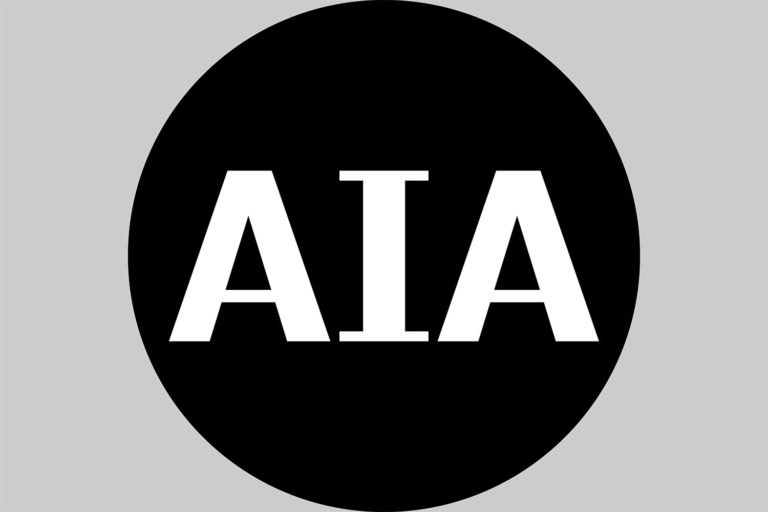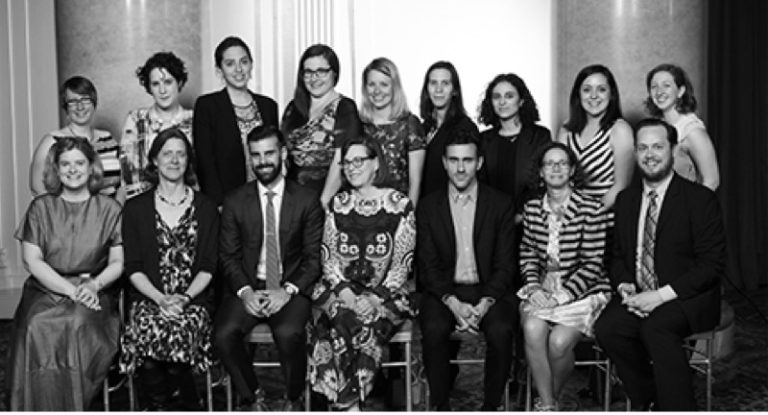by: Bria Donohue
As New York City charts a bold course towards an equitable low–carbon future, the next four years present a critical window to accelerate progress towards our greenhouse gas emission (GHG) reduction goals. Particularly in the wake of massive federal cuts, a comprehensive building decarbonization strategy is needed in New York to improve air quality for public health, increase resilience to storms and blackouts, and maintain leadership combating climate change. Facing challenges with energy affordability, security and resiliency, waste and landfill capacity, and meeting City climate goals, the next administration must have a clear vision and action plan that is achievable, cost-effective, and ambitious.
In an effort to make New York more resilient in the wake of federal backsliding on decarbonization policy, namely the work of the U.S. Environmental Protection Agency (EPA), the American Institute of Architects New York Chapter (AIANY) has developed a plan to enhance the City’s current goal of reducing operational GHG emissions 40% by 2030 and 80% by 2050 and outline strategies to tackle the whole life cycle of carbon in the built environment. To shape this action plan, the AIANY Committee on the Environment (COTE) convened industry leaders in design, construction, finance, and real estate for a series of stakeholder engagement sessions to examine the future of decarbonization policy.
Continuing the City’s climate leadership, the Mamdani Administration must take ambitious and decisive action to reduce carbon in our built environment by implementing a balance of carrots and sticks to effectuate change in design and construction. New York has been a proven leader in reducing operational carbon; however, mechanisms to reduce other forms of carbon emissions in buildings are needed to manage the embodied carbon of construction and support a transition to a circular economy. The following recommendations detail a strategy to regulate the whole life cycle of carbon through three stages: production and construction (Embodied Carbon), use and maintenance (Operational Carbon), and end of life (Circularity). These recommendations include governance strategies, legislative action, code changes, and agency guidelines.








